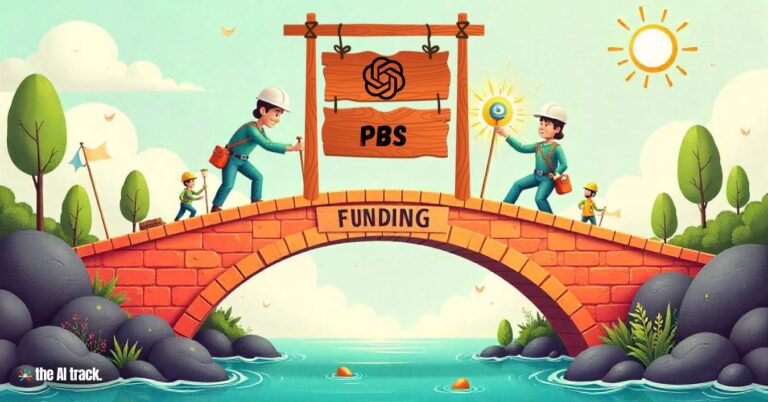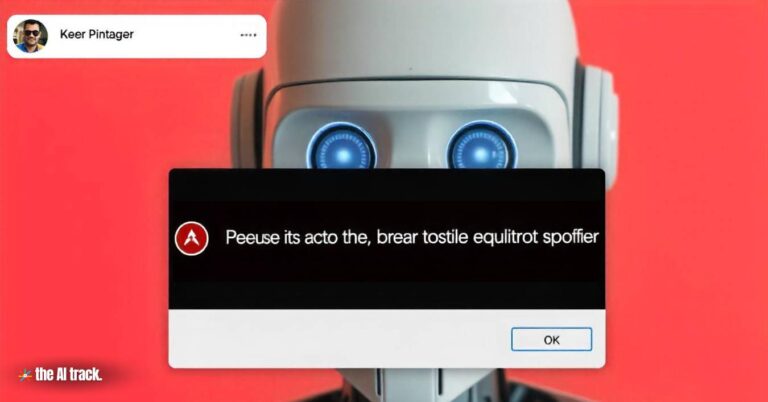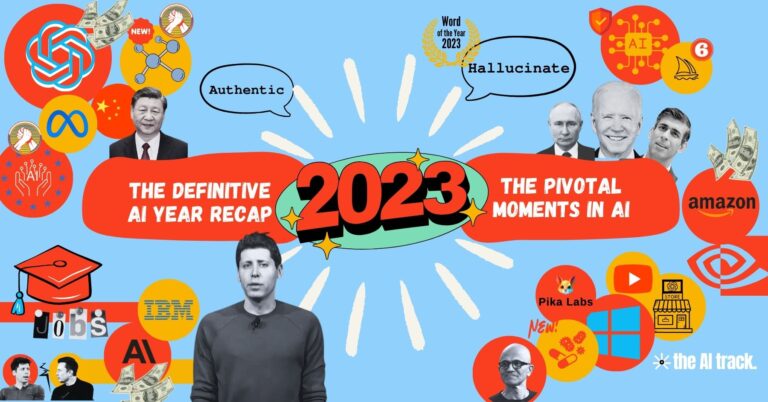OpenAI announces PBC Transition Plan i.e. transitioning its for-profit arm into a Delaware Public Benefit Corporation (PBC) to balance shareholder returns with its mission of ensuring artificial general intelligence (AGI) benefits humanity. This PBC transition plan aims to secure sustainable funding for its nonprofit while scaling efforts in safety, innovation, and societal impact.

OpenAI’s PBC Transition Plan – Key Points
- Historical Context:
- 2015: Founded as a nonprofit research lab focused on advancing AI without financial constraints. Initial funding included $137M in cash donations and $100M+ in cloud credits from companies like Amazon, Google, and Microsoft.
- 2019: Transitioned to a “capped-profit” structure to attract venture capital, raising $1 billion from Microsoft and subsequent funding rounds to support large-scale AI research and development.
- 2022-2024: Released landmark products like ChatGPT (2022), impacting over 300M weekly users and introducing o-series models with advanced reasoning capabilities (2024).
- The transition follows significant leadership turnover, including the high-profile ousting of Sam Altman in 2024, which alienated key investors like Microsoft.
- Departures of top executives, such as policy researcher Miles Brundage and CTO Mira Murati, underscore internal conflicts over balancing safety with commercial goals.
- Challenges Driving Restructuring:
- In October 2024, OpenAI raised $6.6 billion at a valuation of $157 billion. Despite this, it projects a $5 billion loss for the year, necessitating structural changes to attract additional funding.
- Capital Needs: Initial estimates for AGI development required $10 billion, but ongoing scaling demands now require hundreds of billions of dollars.
- Complex Governance: The current structure limits the board’s ability to align investor interests with mission objectives and to efficiently direct resources between nonprofit and for-profit arms.
- Industry Competition: Major companies are investing heavily in AI, with OpenAI’s leadership inspiring a competitive, innovation-driven ecosystem.
- Planned Restructuring:
- PBC transition plan: The for-profit entity will transition to a Delaware Public Benefit Corporation (PBC), integrating shareholder, stakeholder, and public benefit considerations.
- Shares of the PBC will be owned by the nonprofit, which will reinvest profits into charitable initiatives in healthcare, education, and science.
- This change allows OpenAI to attract conventional equity investment while preserving its mission-driven focus.
- Nonprofit’s Strengthened Role:
- The nonprofit will gain significant resources, becoming one of the best-funded nonprofits in history.
- The nonprofit will retain control of AGI determination, and an agreement with Microsoft sets a $100 billion profit threshold as the benchmark for achieving AGI.
- It will hire its own leadership team to pursue initiatives beyond AGI, targeting broader societal benefits.
- Key goals include fostering safety, accessibility, and equitable AGI deployment.
- Future Vision for AGI and the Economy:
- OpenAI’s mission has evolved into building a comprehensive AGI economy, incorporating infrastructure like data centers, chips, and scalable AI systems.
- The PBC structure positions OpenAI to lead in shaping the economic and societal frameworks around AGI, emphasizing long-term human benefits over short-term profit.
- Criticism and Governance Concerns:
- Elon Musk: Filed for an injunction against the transition, accusing OpenAI of abandoning its philanthropic origins. Musk alleges OpenAI pressured investors to avoid funding his AI venture, xAI.
- Meta: Opposes OpenAI’s PBC transition plan, arguing it could set a precedent allowing nonprofits to benefit from for-profit advantages.
- Former Employees: Concerns from past researchers, including Miles Brundage, center on governance gaps and fears that the nonprofit may become a token entity, sidelining safety and ethical priorities.
- Calls for stronger accountability measures and mission-aligned policies remain central to stakeholder discussions.
Why This Matters:
OpenAI’s PBC transition plan marks a significant shift in how mission-driven organizations balance profit and purpose. By creating a sustainable nonprofit supported by a well-capitalized PBC, OpenAI aims to scale AGI development responsibly while maintaining its original mission to ensure equitable benefits for humanity. This restructuring could set a precedent for how technology organizations address the dual imperatives of innovation and societal impact.
Source
Everything you need to know about the AI war: Explore the competitive AI landscape and learn how leading companies and nations are shaping the future with advanced AI technologies
Read a comprehensive monthly roundup of the latest AI news!







